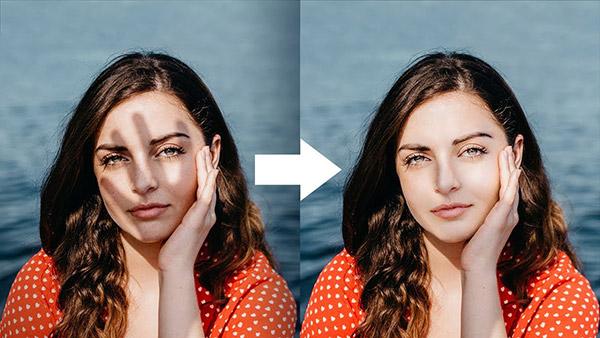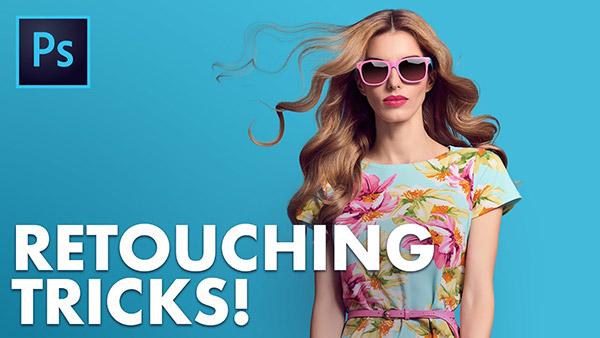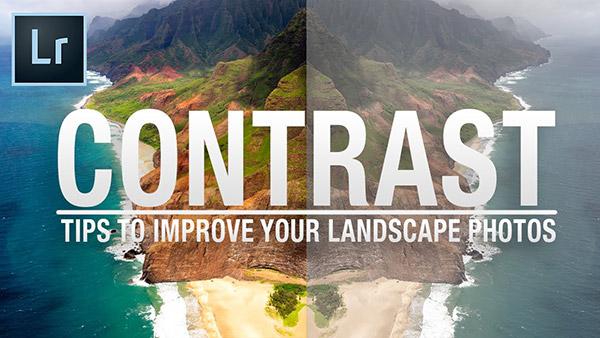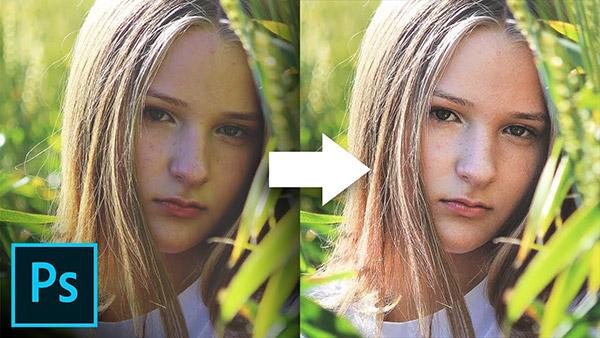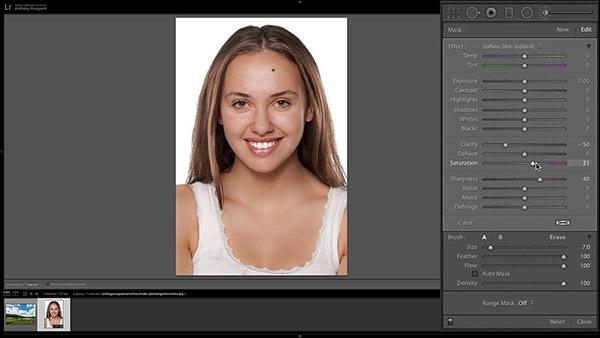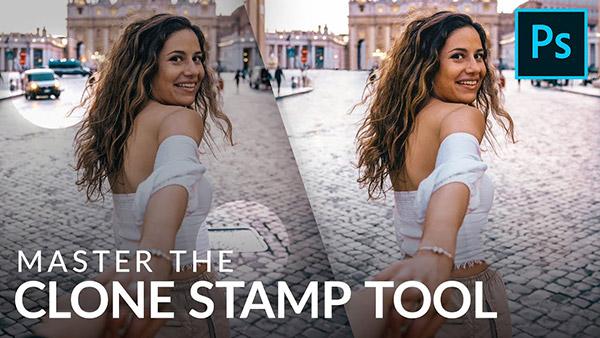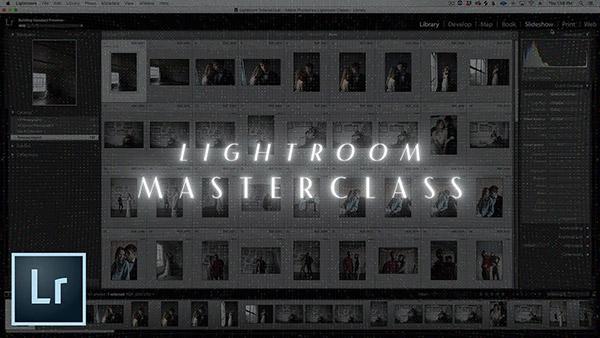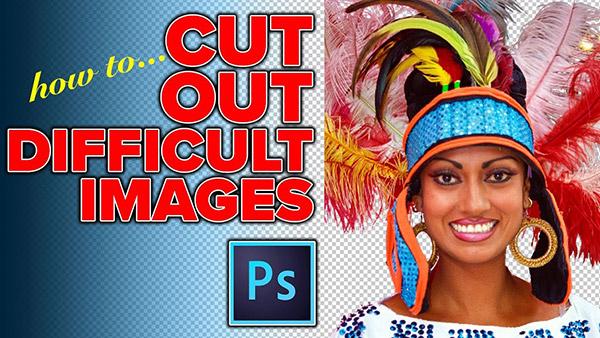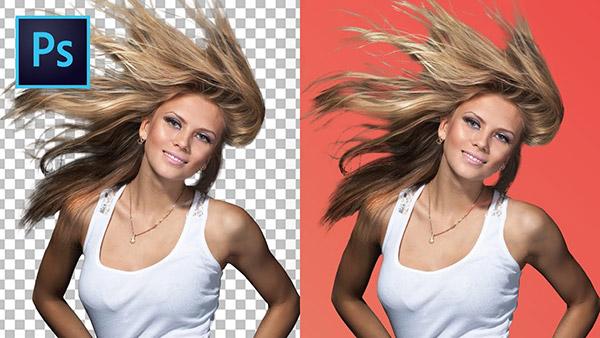Software How To
Sort By: Post Date TitlePublish Date
|
Jul 25, 2019
|
Jul 02, 2019
|
Jul 02, 2019
|
Jun 04, 2019
|
May 30, 2019
|
May 17, 2019
|
May 16, 2019
|
May 13, 2019
|
May 07, 2019
|
May 06, 2019
|
Apr 29, 2019
|
Apr 15, 2019
|
Apr 09, 2019
|
Mar 28, 2019

